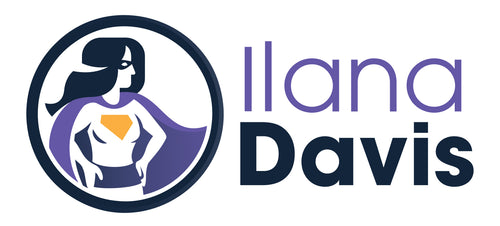Choosing the Shopify theme that's right for my store
Published: January 11, 2022
We recently talked about the trade-offs of custom development vs updating Shopify themes. If you decide to go the new theme route, there will be a lot to choose from. Of course, I have my favorite themes, but ultimately you need to decide which theme fits your needs. I’ve included a few questions you’ll need to consider when narrowing down your search for a new Shopify theme.
Did Shopify approve the theme?
Themes in the Shopify Theme store are blessed by Shopify. That means they’ve gone through rigorous tests and must meet certain requirements before being sold in the Theme Store.
Theme requirements imposed by Shopify include but are not limited to
- ensuring basic features are included (e.g. search filtering, variant images, multi-currency, etc),
- meeting minimum requirements for speed, performance, and accessibility,
- meeting search engine optimization requirements,
- consistent design and brand identity across the theme,
- ensuring responsive images and design, and
- providing support to merchants and users of the theme.
Themes sold outside of the Theme Store, for example, those found on Themeforest come with a higher risk. Oftentimes, theme developers who go this route don’t have the same knowledge or access to Shopify’s requirements. As such, there is a higher chance that the theme may be poorly coded. The developers may lack an understanding of how Shopify actually works. There may also be shortcuts in the code that could pose a security risk to you and your customers.
There is one exception off the top of my head. Themes built by Out of the Sandbox such as Turbo and Flex are not in the Shopify Theme Store. Yet, they are one of the most used themes and well documented. Out of the Sandbox is a highly trusted theme developer and is probably the only exception I can think of.
Shopify does take a cut of revenue from themes so there could be legitimate reasons why a theme isn’t the Theme Store. Ask the theme developer why they aren’t in the theme store and see if they give a reasonable answer.
Is the theme regularly updated by the theme developers?
As mentioned in the requirements from Shopify above, theme support is a requirement.
Themes should have a good set of documentation and help docs on how to use the theme. If nothing else, you should be able to contact the theme developers for questions.
Ask how often the theme is updated and when the last update was. If it’s getting minor updates every month and a major update a couple of times a year, that’s a good sign. If it hasn’t been updated in years, it’s probably going to be missing most of the latest changes from Shopify.
Does it have the essential features for my business?
The essential features for Shopify stores are different for every store. That’s where it’s important to create a list of must-have and nice-to-have features.
For example, think about how you want to display your product images. You may want the product page to display your images in thumbnails with one large image. Another option is to show all images full size where you have to scroll to see all images.
Another example could be if you are a store that sells wearable products. Your first image on a collection could be the product on a white background. A feature that not all themes have is the ability to change the image to your lifestyle image when a customer hovers over the image.
Creating your list of must-haves and nice-to-haves will help you narrow down your theme choices.
Will my URLs change?
If a theme change is better organized or uses more modern SEO options, it could improve traffic. Changing URLs isn’t something that many think about, but this could be a significant hit to your SEO if you aren’t paying attention.
Changing the product handles, collection handles, or moving products out of collections can change the urls. This can cause 404 errors which Google uses as a signal to remove that page from the search results.
What I mean here is that some themes by default show your product URL as:
https://www.example.com/collections/equipment/products/ABC-123while others may show your product URL as:
https://www.example.com/products/ABC-123Shopify has two options when linking products. You can link to the product page with a collection or directly to a product page.
Notice the first link uses /collections/equipment/products in the url. They both link to the same product, but they are in fact two different URLs.
The impact of URLs changing is temporary because eventually, Google will discover the new URL. Be careful with this though especially if you are heading into a busy season or if you depend on your organic traffic.
There may not be an action item out of this question. Rather you should know what the implications of changing your theme are. So definitely ask the question of how URLs are structured.
With the Website Rescues, we use the theme you already have to make small improvements to your Shopify store. This keeps costs down while optimizing sites at a fraction of the cost of a redesign. You may choose to update your theme before the Website Rescues so you have the most current features available from Shopify.
JSON-LD for SEO
Get more organic search traffic from Google without having to fight for better rankings by utilizing search enhancements called Rich Results.




